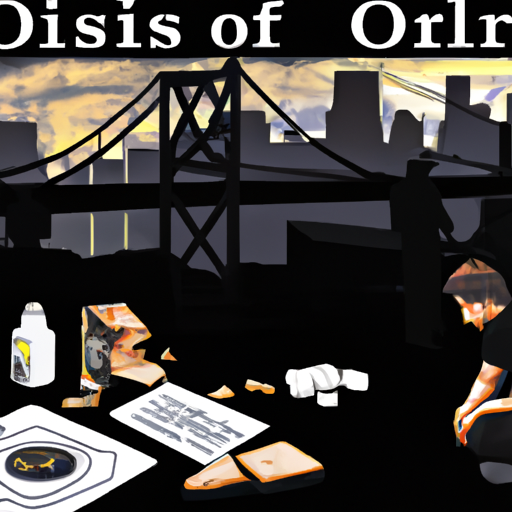The Canadian Opioid Crisis: Unpacking Its Impact and Current Solutions
In this blog post, we take a deep dive into a recent [CBC News segment](https://www.cbc.ca/player/play/9.6517093) that spotlights the Canadian opioid crisis. This issue has drastically impacted various strata of society, from the healthcare system to homelessness and crime. With the heart-wrenching scenes from the report as a backdrop, we will explore the devastating impact and the efforts taken to combat the crisis so far.
The Opioids Crisis: A Closer Look
The opioid crisis continues to significantly strain Canada’s society. The number of individuals succumbing to opioid overdose remains alarmingly high, with many more suffering from addiction. All walks of life are affected by this crisis, evident in our workforce, our schools, and our families.
The Ripple Effect on Society
As CBC’s report illuminates, the repercussions of this public health emergency are widespread and severe. The opioid crisis feeds into a vicious cycle of homelessness and crime. Desperation for the next fix precipitates petty crime, including burglaries and theft, which in turn, fosters an environment rife with fear and mistrust within our communities.
Victims are often left homeless, further exacerbating the issue by triggering additional societal challenges such as health disparities, unemployment, and increased demands on community resources and services.
Addressing The Opioid Crisis
Efforts to Counteract The Crisis
Canada has taken several proactive measures to combat the opioid crisis, as outlined in the report. These include:
- Increasing accessibility to naloxone, a drug used to counteract opioid overdoses, making it readily available for public use.
- The implementation of safe injection sites as harm reduction measures. These sites provide clean, supervised spaces for individuals to use drugs.
- Police and policymakers focusing on intervention and prevention, as opposed to primarily punitive measures.
Social workers and healthcare professionals are also playing critical roles, treating victims of the crisis within their care settings and acting as advocates for those suffering from opioid addiction.
Opioid Class-Action Suits
Another noted approach to addressing the opioid crisis is through opioid class-action lawsuits. These suits, brought against opioid manufacturers and distributors, seek to hold these parties accountable for their potential roles in contributing to the crisis. Settlements from these lawsuits are expected to fund treatments and programs to tackle addiction.
Concerns and Future Directions
Despite the combined efforts of local communities, healthcare professionals, and legal forces, concerns about the opioid crisis remain high. Reaching an optimal solution that reduces opioid misuse and assists victims, while addressing the underlying causes of addiction, is a sophisticated problem. It requires comprehensive strategies that signify systemic change.
A multi-pronged approach involving education, prevention, treatment, law enforcement, and policy reform is essential in turning the tide against this crisis. Continued dialogue around the opioid crisis is vital, allowing us to identify and address new challenges as they emerge and develop better solutions to help those affected.
In Conclusion
The CBC News report reaffirms the severity of Canada’s opioid crisis and its direct correlation with issues such as homelessness and crime. While the effects of this crisis are distressing, the proactive measures taken to combat the crisis—such as naloxone distribution, establishing safe injection sites, and opioid class-action lawsuits—offer a glimmer of hope.
We must continue to address the crisis with a comprehensive, multi-pronged approach that involves all sections of society, from public policymakers to everyday citizens. Awareness, proactive intervention, preventive measures, and continued support for those affected can guide us towards a solution, making our communities safer, healthier, and more compassionate places to live.
